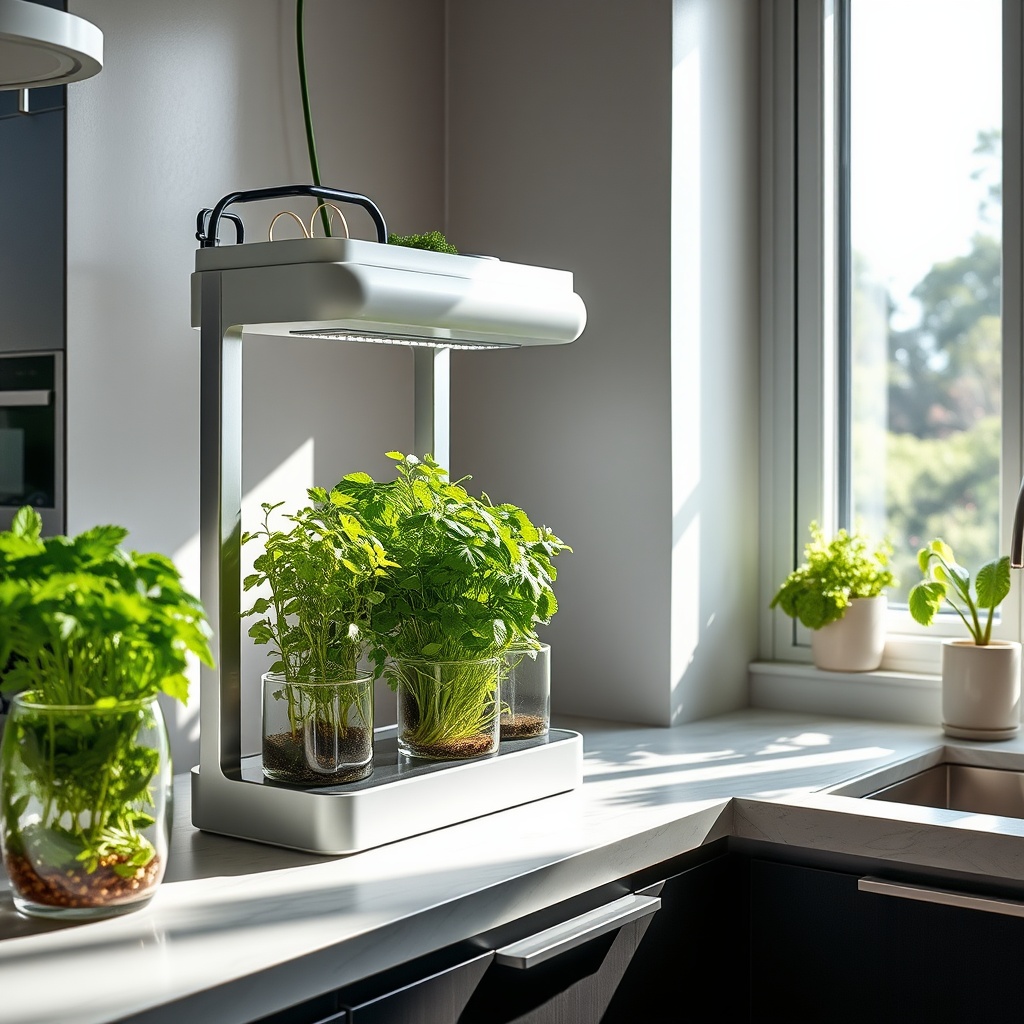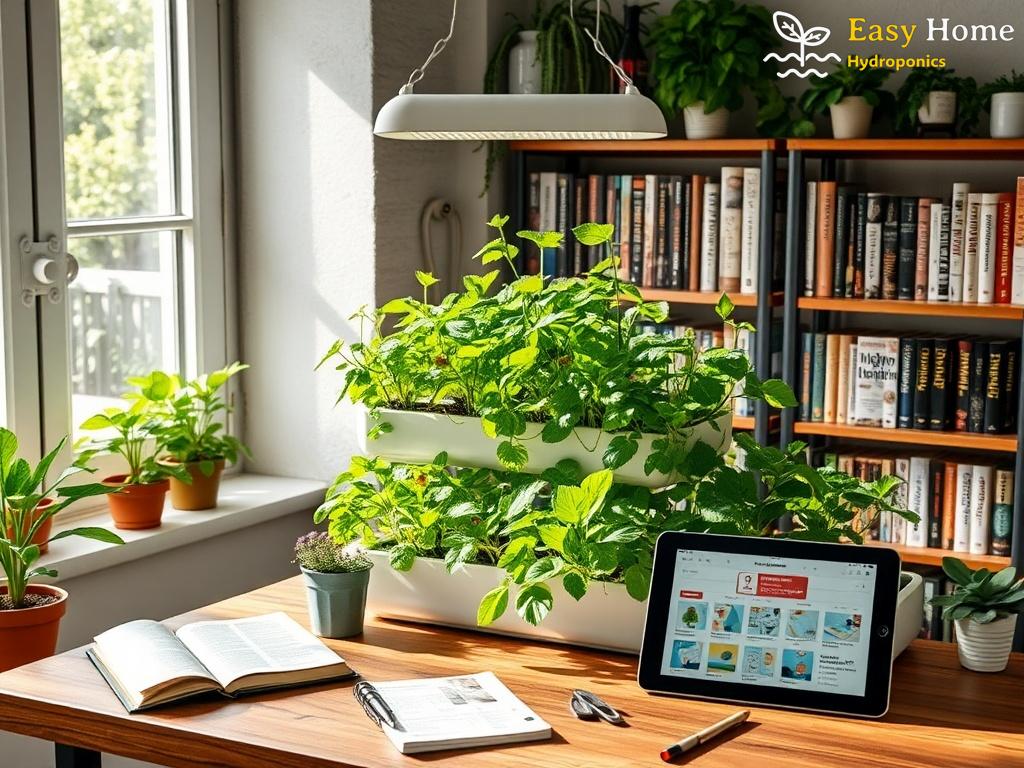In recent years, the home hydroponic market has experienced a remarkable surge, fueled by a combination of consumer enthusiasm and shifting lifestyle trends. With an increasing number of individuals staying home, the desire for homegrown produce has blossomed. No longer confined to traditional gardening methods, consumers are turning to hydroponics as a way to cultivate their own food efficiently and sustainably.
Changing Lifestyles and Sustainability
Today’s consumers are more environmentally conscious than ever before. The impact of climate change and a growing awareness of the carbon footprint associated with food production are leading many to seek sustainable alternatives. Hydroponics, which uses significantly less water and no soil, presents an appealing solution for eco-minded individuals. This method allows for year-round cultivation of fresh produce, regardless of geographic location.
Technology and Innovation in Hydroponics
The advancement of technology has made hydroponics more accessible to the average consumer. Innovative systems that are compact, user-friendly, and aesthetically pleasing are flooding the market. From smart hydroponic gardens that monitor plant health via mobile apps to automated nutrient delivery systems, these innovations cater to both novice gardeners and seasoned green thumbs. The convenience and efficiency of these systems resonate with busy lifestyles and the quest for fresh, home-grown food.
The Allure of Freshness and Quality
Nothing compares to the taste of freshly harvested produce. Consumers are increasingly prioritizing quality over convenience, driving them toward home gardening solutions that offer unparalleled freshness. Hydroponically grown vegetables, herbs, and fruits not only promise superior flavor but also the peace of mind that comes from knowing exactly where their food comes from. The allure of growing your own food in a controlled environment, free from pesticides and chemicals, is an enticing proposition for health-conscious individuals.
Top Factors Influencing Consumer Adoption of Hydroponics:
- Environmental sustainability
- Technological advancements
- Desire for fresh, chemical-free produce
- Space-efficient solutions for urban living
- Increased interest in gardening as a hobby




